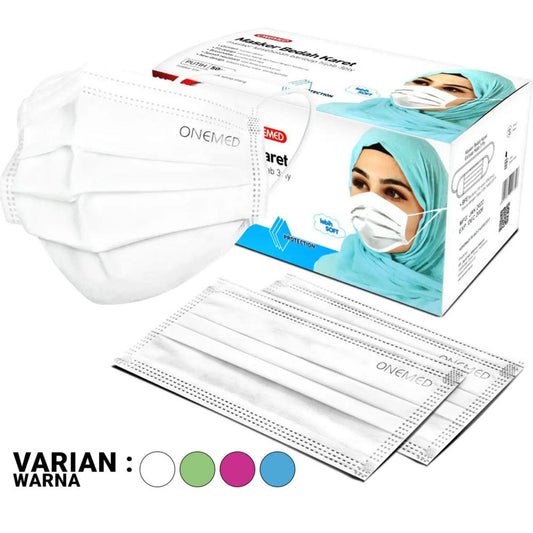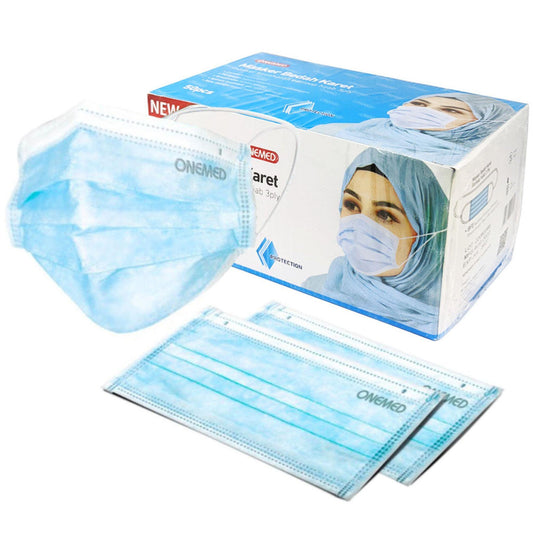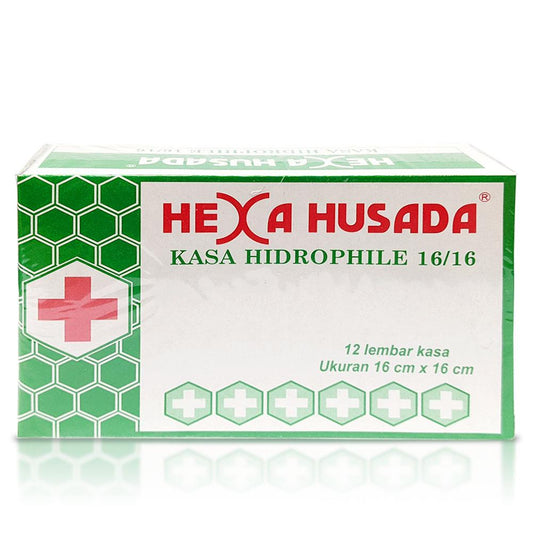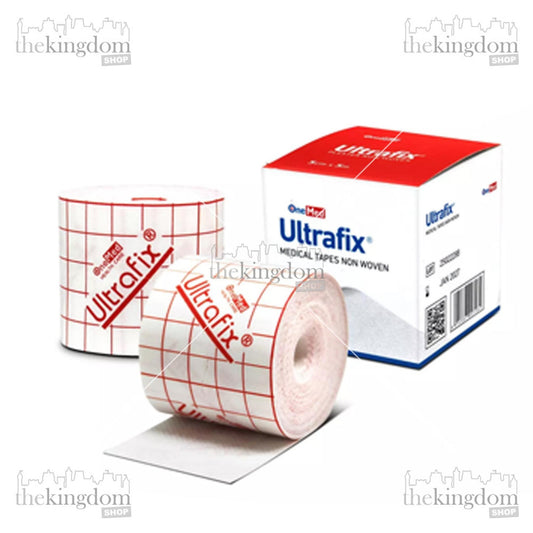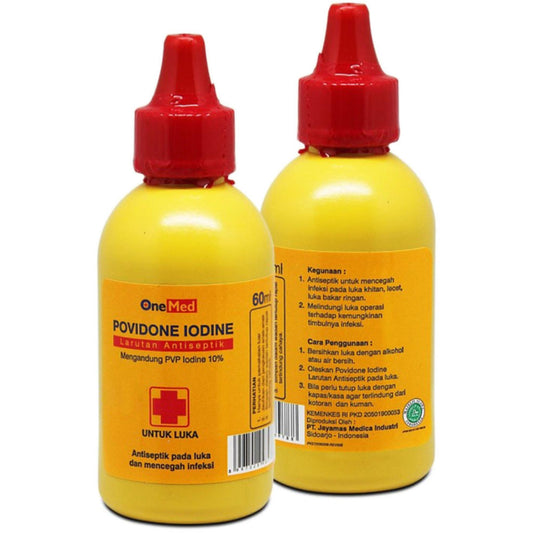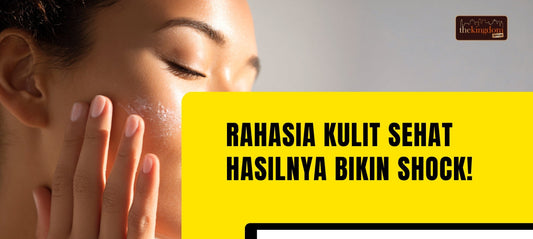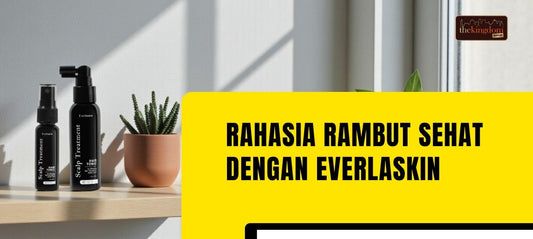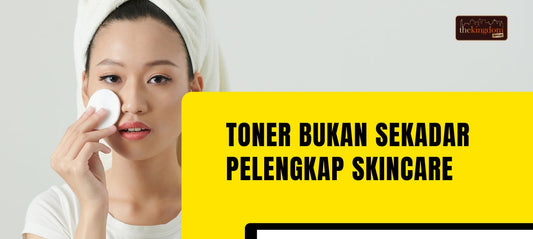
Beware! UV Radiation Is More Dangerous Than You Think, Risk of Skin Cancer and More
Radiation is energy that is mostly invisible to the human eye, and comes in many forms. One of the most familiar forms of radiation is UV or ultraviolet radiation, which is measured in the electromagnetic spectrum (EMS). From the radio waves that carry sound to your cell phone, or the microwaves that heat food in your oven, to the light from the lights in your home, and the X-rays in your hospital, all are electromagnetic energy.
UV radiation, in particular, comes from sunlight and artificial sources such as tanning beds, phototherapy, and UV sterilizer lamps. While beneficial in some contexts, excessive exposure to UV radiation can damage the skin, accelerate aging, and increase the risk of skin cancer.

Types of Ultraviolet Radiation
The most common form of Ultraviolet radiation is sunlight which produces three main types of UV rays including:
- UVA rays have the least energy of the UV rays. They can cause skin cells to age and can cause some indirect damage to the cell's DNA. UVA rays are primarily associated with long-term skin damage such as wrinkles, but they are also thought to play a role in some types of skin cancer.
- UVB rays have slightly more energy than UVA rays. UVB rays can directly damage the DNA in skin cells, and are the primary rays that cause sunburn. They are also thought to cause most skin cancers.
- UVC rays have lower energy than other types of UV light. They react with ozone high in the atmosphere and do not reach the ground, so they are not usually a risk factor for skin cancer. But UVC rays can also come from several man-made sources, such as tanning beds, UV sterilizer lamps used to kill bacteria and other germs (such as in water, air, food, or on surfaces).
Sunlight is the main source of UV radiation, although UV rays only make up a small portion of sunlight. Different types of UV rays reach the ground in different amounts. About 95% of the UV rays from the sun that reach the earth are UVA rays, and the remaining 5% are UVB rays.
The high radiation of UV rays reaching the ground depends on a number of factors, such as:
- Time of day: In Indonesia UV radiation is highest between 10 am and 3 pm.
- Season of the year: UV rays are stronger during the summer.
- Distance from the equator: UV exposure decreases as you move further from the equator.
- Altitude: UV rays will reach the ground more strongly at higher altitudes.
- Clouds: The effects of clouds can vary, but what is important to know is that UV rays can penetrate to the ground, even on cloudy days.
- Reflection from surfaces: UV rays can reflect from surfaces such as water, sand, snow, pavement, or even grass, causing increased UV exposure.
- Air content: Ozone in the upper atmosphere, for example, filters out some UV radiation.

Ultraviolet Radiation Effects to Watch Out For
Exposure to UV rays not only increases the risk of skin cancer but also triggers various other health problems:
- Sunburn and Premature Aging: UV rays, whether from the sun or devices like tanning beds, can cause sunburn and accelerate the signs of aging. These include wrinkles, rough skin, dark spots, actinic keratoses, and solar elastosis.
- Eye Problems: UV rays can cause inflammation or burns to the cornea, as well as contribute to the formation of cataracts (clouding of the eye lens) and pterygium (growth of tissue on the surface of the eye) which can impair vision.
- Weakens the Immune System: Excessive exposure to UV rays can weaken the immune system, making it more susceptible to infections and worsening certain conditions, such as sun-induced herpes reactivation. It can also reduce the effectiveness of vaccinations.
Understanding the negative effects of UV rays is important so that we can be more aware and take appropriate precautions to protect the health of our skin, eyes, and immune system.
Tips to Protect Yourself from UV Radiation
Here are some tips on how to help ensure that you don't get too much sun exposure.
- Avoid sun exposure between 10am and 4pm.
- Stay in the shade during the hot midday sun.
- Wear clothing that covers your arms and legs.
- Wear sun-protective clothing, a wide-brimmed hat, and sunglasses that block UV rays when outdoors.
- Apply a moisturizing SPF 30+ sunscreen every 2 hours even on cloudy days, after swimming or sweating.
- Bright surfaces such as sand, water, and snow, can increase UV exposure.
While light sun exposure is beneficial, too much UV light can cause serious damage. UVA rays penetrate the skin more deeply, causing premature aging, while stronger UVB rays can cause sunburn and increase the risk of skin cancer by directly damaging the DNA of skin cells.
Get the best UV protection and a collection of quality health products to protect your skin from the dangers of radiation at The Kingdom Shop, a trusted online solution for your skin and body health!



